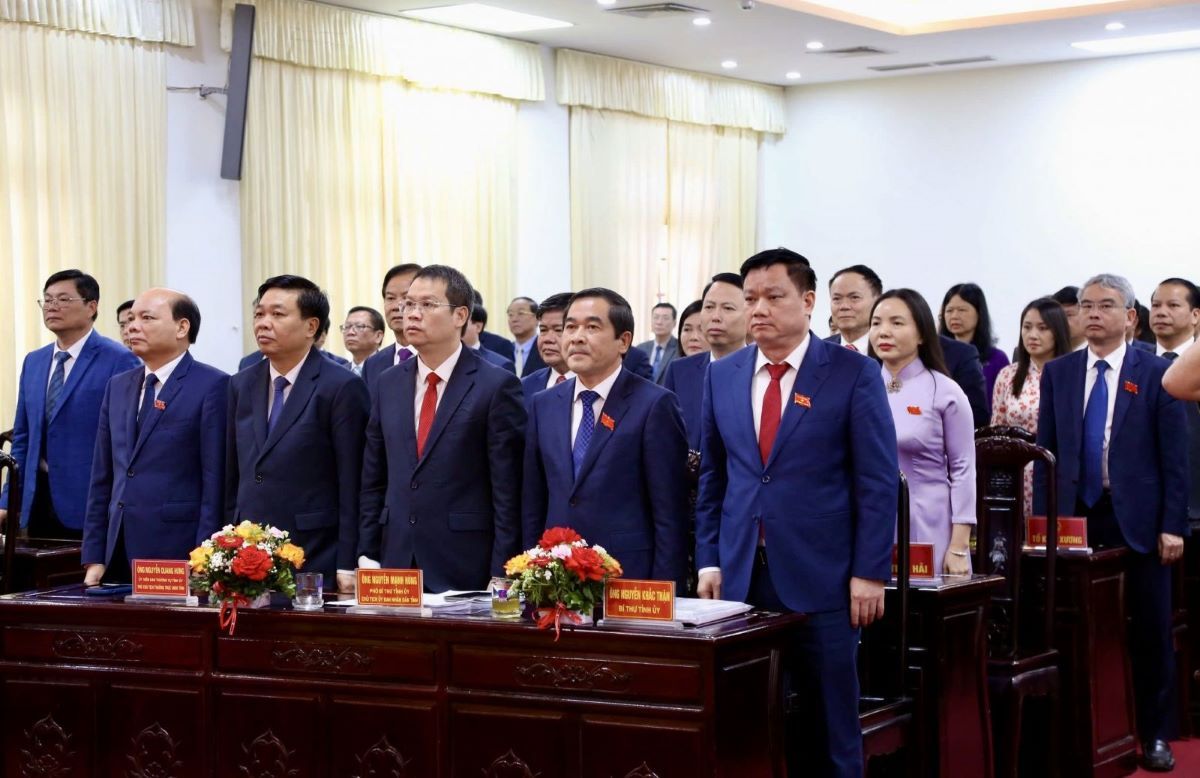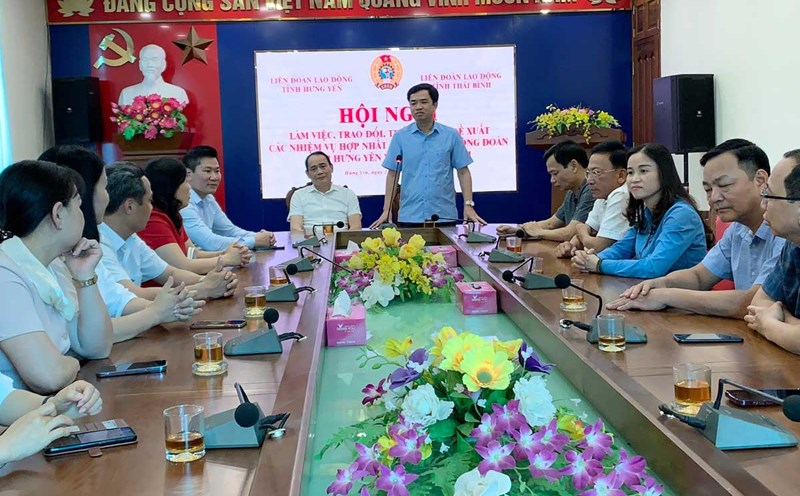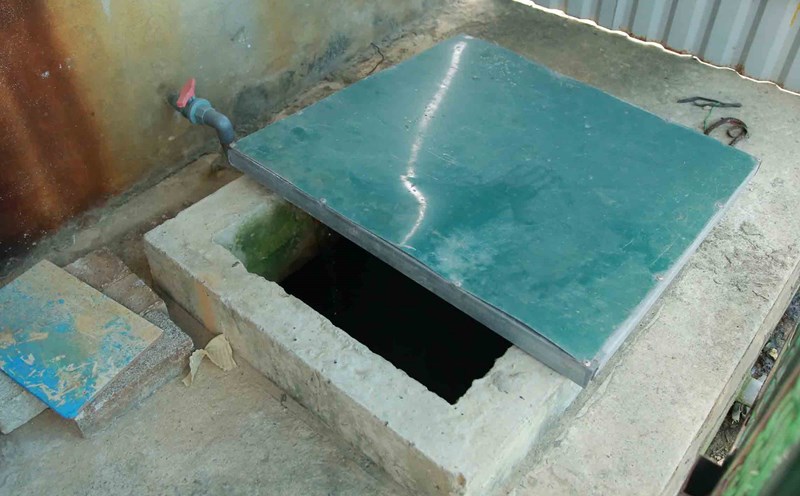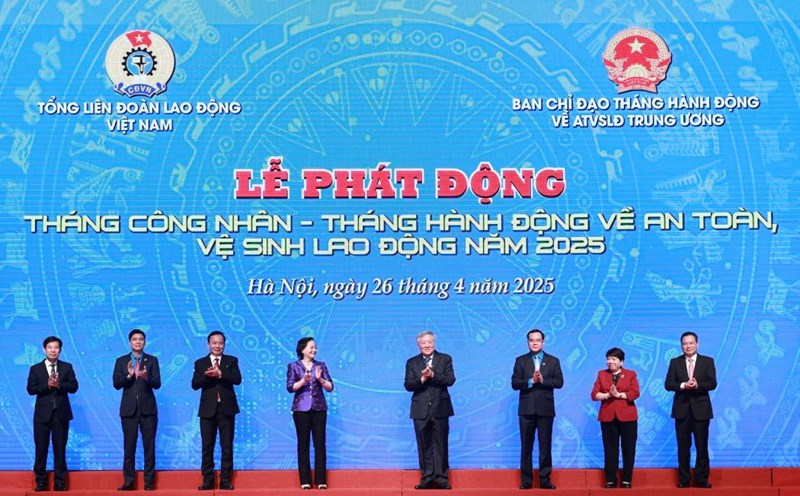On April 26, the People's Council of Thai Binh province, term XVII, 2021 - 2026, held a meeting to resolve urgent work.

At the session, delegates discussed and voted to pass 14 resolutions. In which, there are 2 important and urgent resolutions: Resolution on approving the policy of reorganizing commune-level administrative units of Thai Binh province in 2025 and Resolution on approving the policy of reorganizing Hung Yen province with Thai Binh province.
Speaking at the meeting, Mr. Nguyen Tien Thanh - Permanent Deputy Secretary of the Provincial Party Committee, Chairman of the People's Council of Thai Binh Province - said: This is a historical meeting, the delegates of the provincial People's Council discussed, objectively, comprehensive and voted through 14 important resolutions, especially issued two resolutions on arranging the provincial administrative units and arranging the provincial administrative units of the province.
The merger and arrangement of administrative units at the provincial and commune levels is not only a matter of adjusting administrative boundaries but also creates new development space; promoting stronger decentralization and delegation of power, especially at the commune level.

In order to promptly and effectively implement the resolutions, the Standing Deputy Secretary of the Provincial Party Committee and Chairman of the People's Council of Thai Binh province requested that immediately after this session, the Provincial People's Committee complete and coordinate to complete documents related to the arrangement of provincial and commune-level administrative units to submit to competent authorities to ensure progress according to requirements.
Proactively develop and implement plans and projects to organize implementation, plans to reorganize the apparatus, personnel work; manage and handle assets to ensure compliance with regulations. During the implementation process, ensure seriousness, synchronization, strictness, and efficiency.
Continue to do a good job of information and propaganda, creating unity in awareness in the entire political system and consensus among all classes of people about the Party's policies and the State's policies in innovating, arranging, and building a "Refined - Compact - Strong - Effective - Effective - Efficient" political system.
Arrange and reorganize new commune-level administrative units, reduce intermediate levels (no district-level administrative units), move towards building a strong commune-level local government and effective local management.
Commune-level administrative units must be levels of government closely linked to the people, grasping the situation, better serving the lives, material and spiritual needs of the people.
Previously, on April 22, Thai Binh province organized a public consultation across the province on the draft project to merge Hung Yen province with Thai Binh and the draft project to reorganize commune-level administrative units in Thai Binh province in 2025. As a result, 97.73% of voters representing households agreed with the project to merge Hung Yen and Thai Binh provinces; 98.11% of voters representing households agreed with the project to reorganize commune-level administrative units in Thai Binh province.
The draft project of arranging Hung Yen province with Thai Binh province has the main content of establishing Hung Yen province on the basis of merging the entire natural area of 930.20 km² and a population of 1,474,894 people of Hung Yen province with the entire natural area of 1,584.61 km² and a population of 2,093,049 people of Thai Binh province.
After the arrangement, Hung Yen province has a natural area of 2,514.81 km2, a population of 3,567,943 people, and is expected to have 104 commune-level administrative units.
For the draft project to reorganize commune-level administrative units, the whole Thai Binh province will currently reorganize from 242 existing commune-level administrative units (including 223 communes, 10 wards, 9 towns) to 65 commune-level administrative units (including 60 communes and 5 wards), reducing 177 units, equivalent to about 73%.











